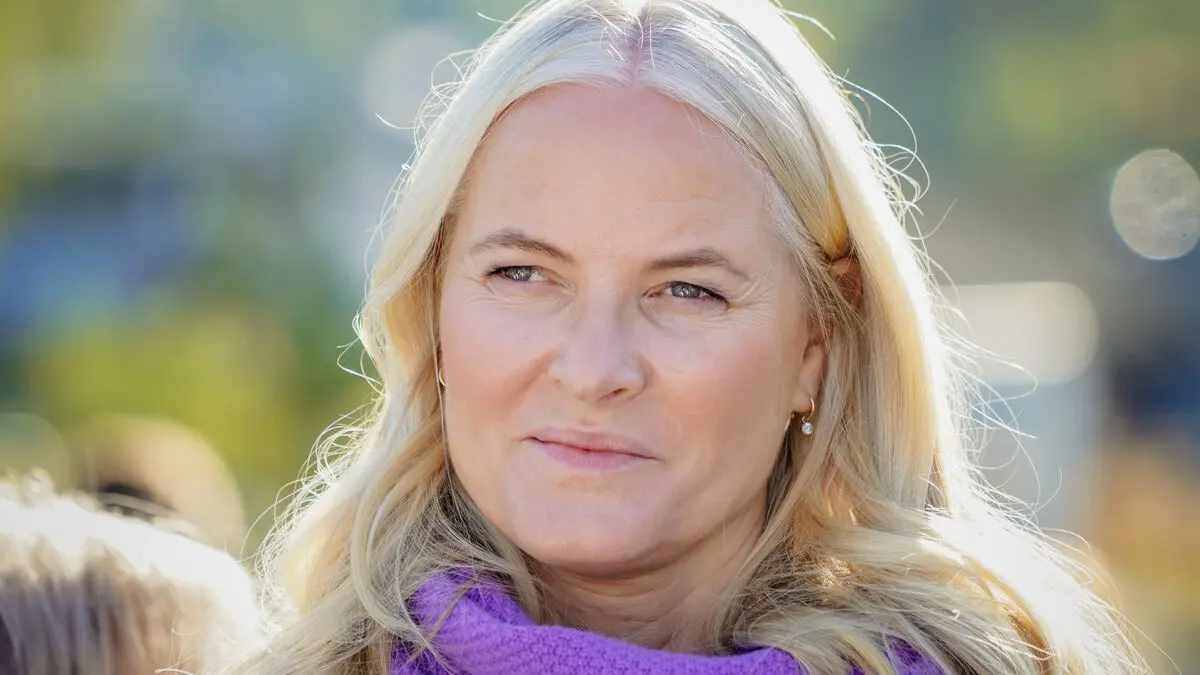Households' budding optimism has got a setback, summarizes KI's prognosis chief Ylva Hedén Westerdahl.
This is evident from households' confidence in the economy, the so-called confidence indicator, which is now falling to its lowest level since KI began its measurements.
A complete turnaround
It is a straightforward complete turnaround for the economic situation, just like KI's prognosis. When households and consumers at the end of last year began to sense a brighter future in line with interest rate and tax relief, new inflation concerns, economic uncertainty, and additionally, statements about tariffs from President Donald Trump, have instead put the economic recovery on hold.
This also leads KI to revise down its prognosis significantly for the Swedish economy:
The previous assessment that the repo rate will be lowered to 1.5 percent is gone, now it is estimated to remain at the current level (2.25 percent) until 2028 when it will be raised to 2.50 percent.
Unemployment is revised upwards for both 2025 and 2026.
Like the Swedish Central Bank and the Ministry of Finance, KI expects a KPIF-inflation of around 2.5 percent this year and that it will then fall significantly to 1.7 percent in 2026.
We are in a low-conjuncture, but our assessment is still that there will be a recovery during the second half of the year. It is households' consumption that will drive the economic recovery, says Ylva Hedén Westerdahl.
But if the interest rate is not lowered and uncertainty is great on several economic fronts, will households really dare to start consuming again?
— That's why we say that this recovery is fragile. We have believed that it would start, but it hasn't. Inflation will come down, and households will get greater purchasing power when wages rise.
Open your wallet again
Ylva Hedén Westerdahl also points out that even if the time for interest rate cuts seems to be over, a situation where the repo rate remains steady can in turn contribute to households starting to consume again.
It may be that households adapt to a new situation. The interest rates will not go up more, and it becomes possible to plan. Going from 1.5 to 5 percent on a mortgage, that's a lot of money, and then you'll probably get a pretty bad stomach, she says.
Now, the interest rate has been lowered quite significantly. Maybe you adapt to a new level.
KI's barometer indicator for March falls to 95.2 from 96.7 in February. Households' confidence indicator falls to 89.8 from 94.6. KI describes it as a "significantly weaker sentiment than normal".
For the construction and civil engineering sector, the confidence indicator rose in March to 101.6, which is the fifth month in a row with a reading around 100.
For the manufacturing industry – the weakest sector in the business community – the confidence indicator rose marginally to 96.4. For the service sector, however, there was a decline to 97.9, which KI describes as a "somewhat weaker sentiment than normal".
Source: KI





